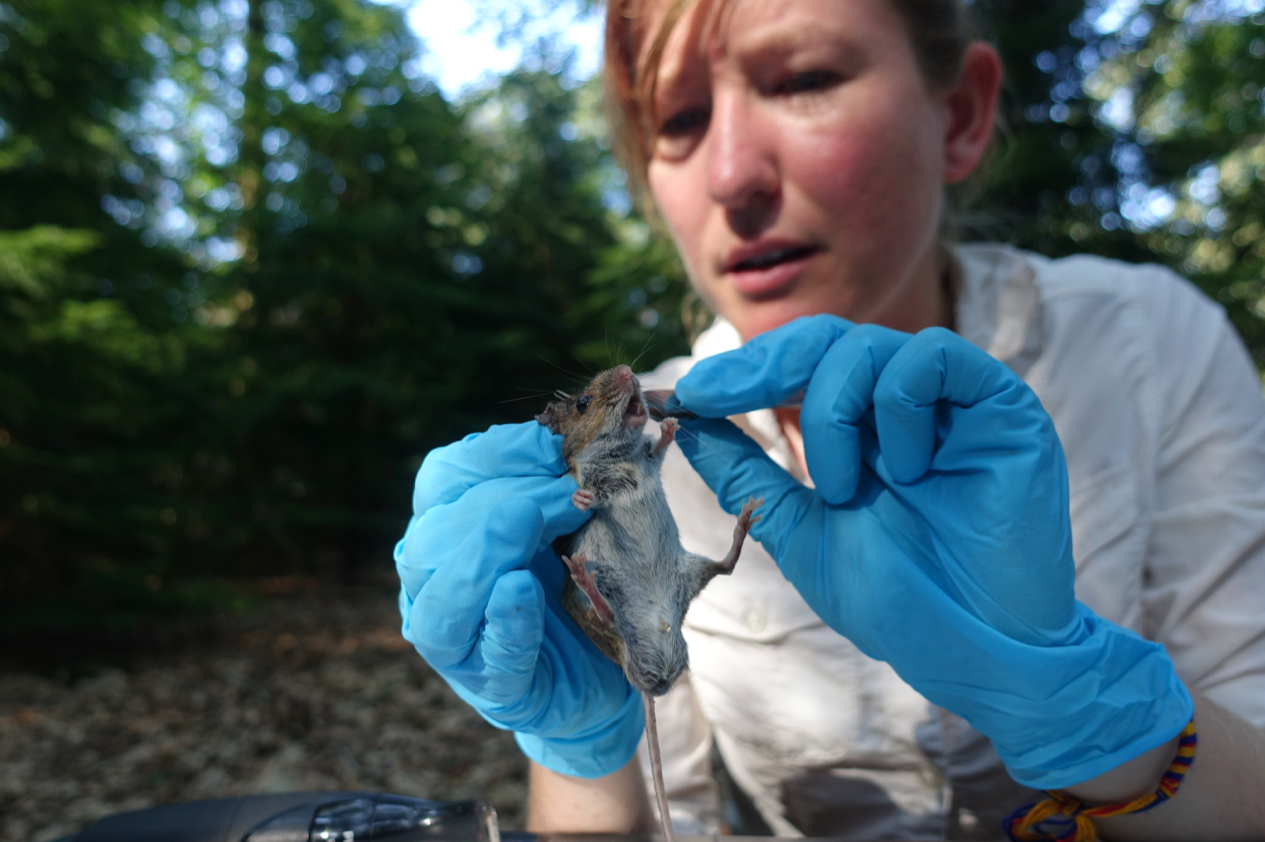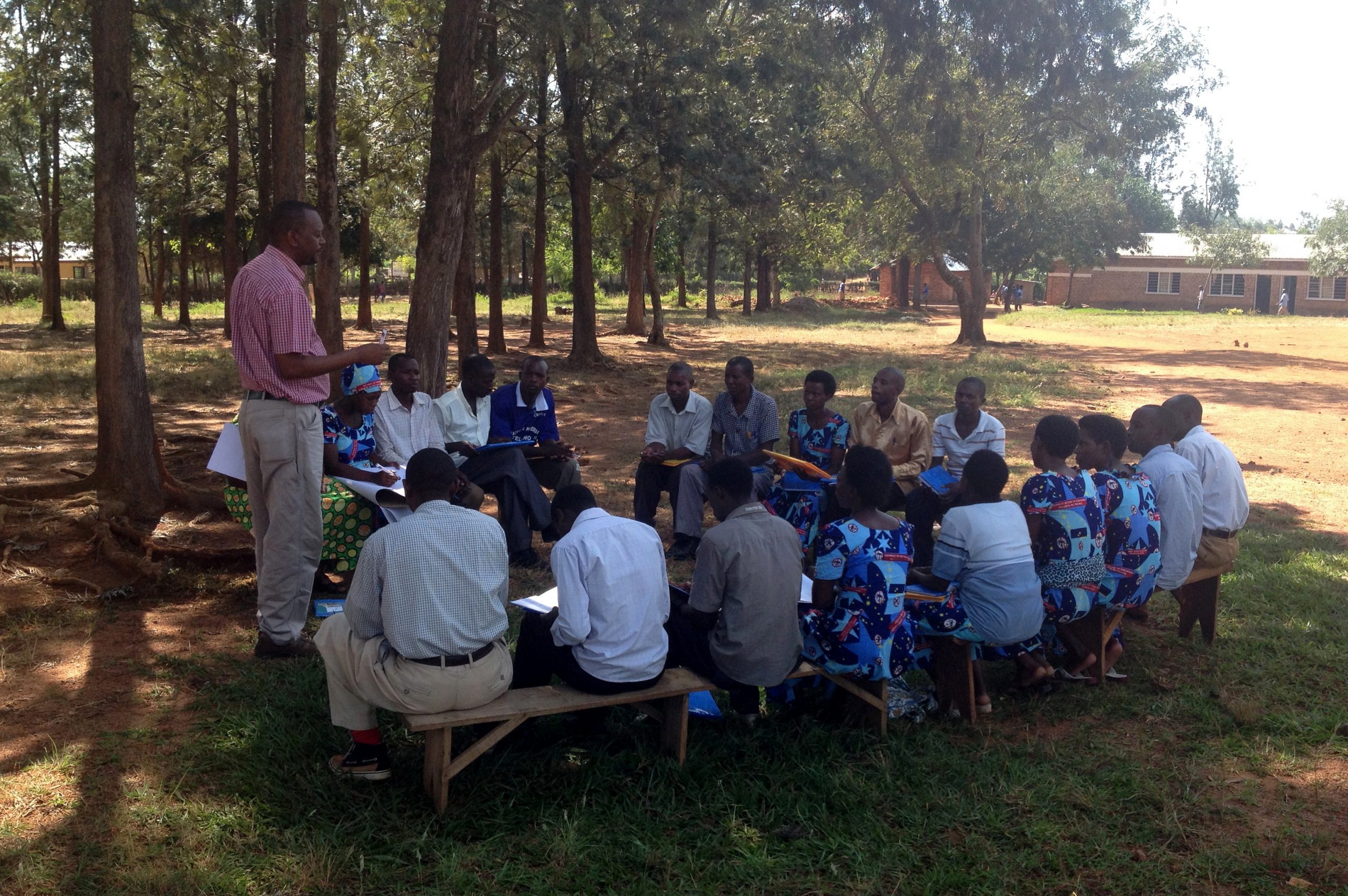The triangle
Within our One Health Entomology group, we study the ecology of vector-borne diseases and options for their control at many different levels. To clarify our research themes and questions, the triangle of vector-pathogen-host interactions has been split up into three sections:
host-vector interactions, pathogen-vector interactions and pathogen-host interactions
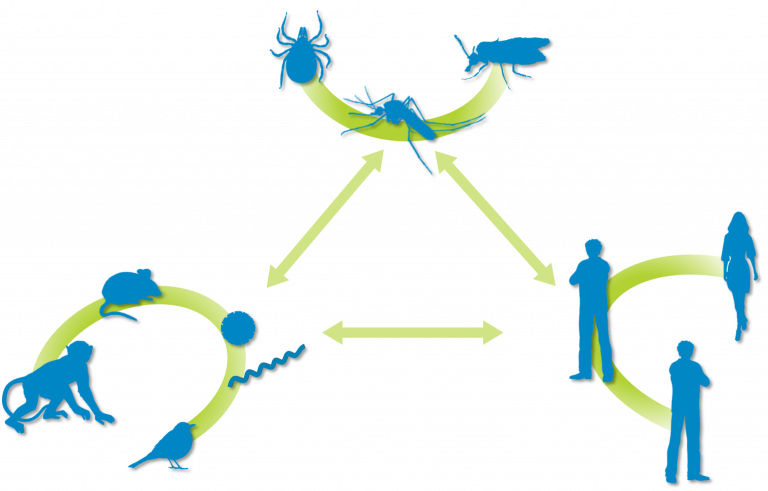
Host-vector interactions
Many blood-feeding insects find their host by exploiting the volatile chemicals that these hosts emit, i.e. their ‘smell’. In our group, we study the behavioural and chemical ecology of these host-vector interactions, by using a pipeline of electroantennography (EAG), 3D-olfactometer experiments, free-flight cages, semi-field enclosures and field tests. Our ultimate aim is to develop tools for better monitoring and surveillance of disease-carrying insects. Most notably, we have contributed to the development of novel odour-baited traps for malaria control, and keep exploiting ways to bring new products to the market. This includes both traps, as well as novel spatially repellent compounds that, if combined, result in push-pull control strategies. The flight behaviour around traps has recently been studied in much detail using state-of-the-art 3D flight tracking in collaboration with Experimental Zoology. A spin-off company (www.premal.com) was launched by one of our former MSc students in order to contribute to our mission of saving lives from mosquito-borne diseases.
Recent and ongoing activities/projects: ‘Smell of success’ (Marieke de Swart), Premal BV (Henry Fairnbairn), Infravec2, Entomological Risk Assessment in emergency settings (Jeanine Loonen, Médécins Sans Frontiers), BOVA network (Jeroen Spitzen).

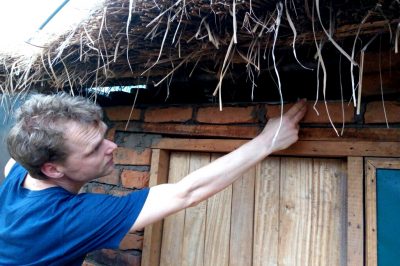
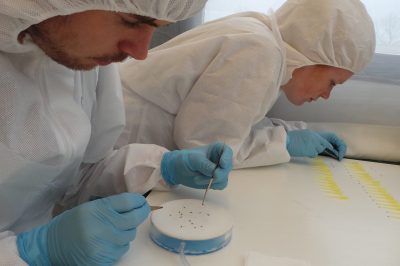
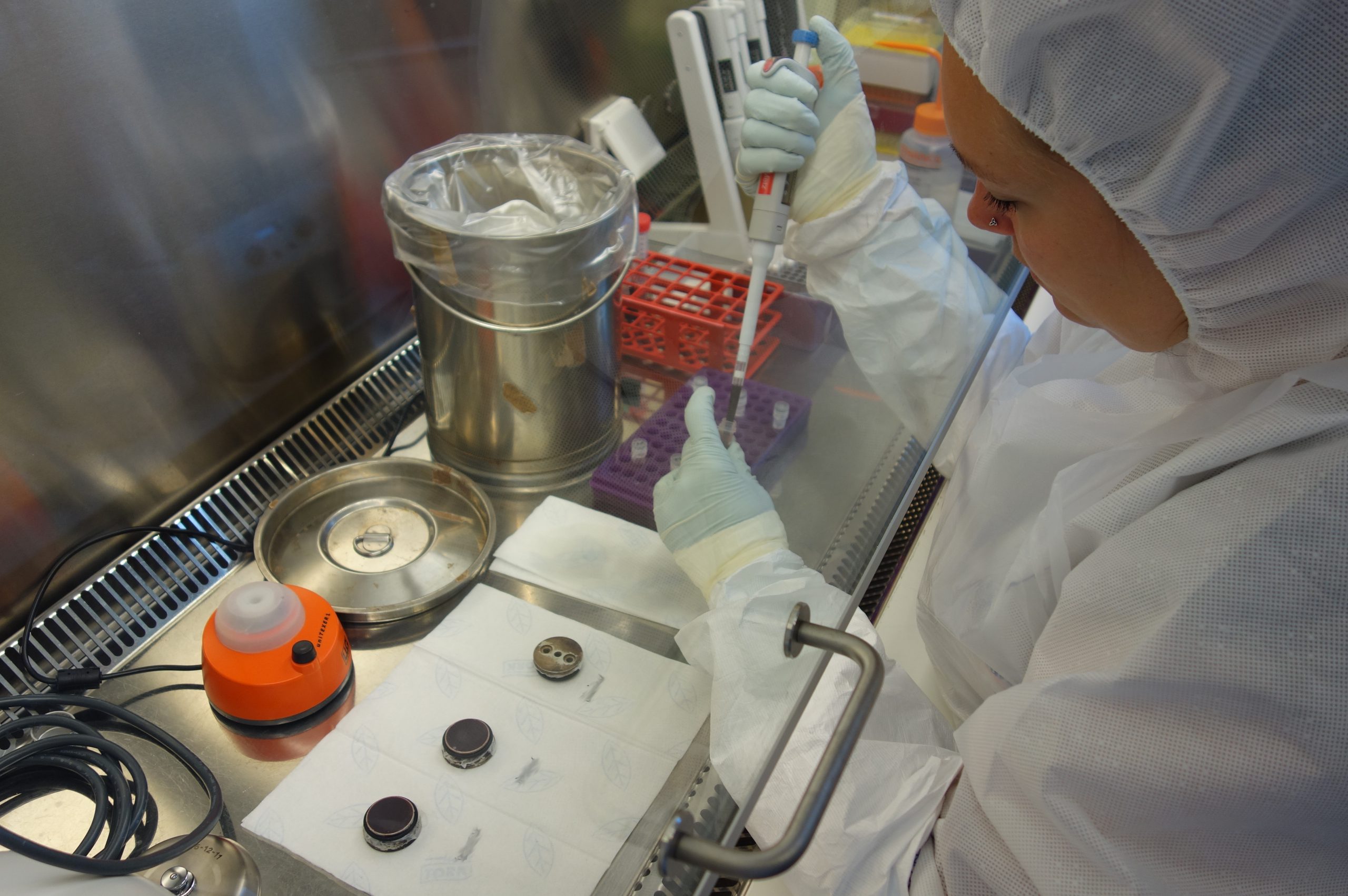
Pathogen-vector interactions
Vector-borne pathogens (parasites, bacteria and viruses) ‘hitchhike’ with a vector, in order to reach new hosts for further replication and transmission. In our group, we are interested in why some mosquitoes, midges or ticks are such good vectors of certain pathogens, and others not. For this purpose, we study pathogen-vector interactions in our secured Bio-Safety Level 3 laboratory in collaboration with the Laboratory of Virology. We have several insect rearings in house, including Anopheles, Aedes and Culex to study their role in the transmission of flaviviruses (West Nile virus, Zika) and alphaviruses (chikungunya and Mayaro). We specifically investigate how vector competence, i.e. the insects ability to transmit a pathogen, is shaped by its immune system, microbiome and environmental factors such as temperature and larval stress. Ultimately, we aim to understand how environmental change affects disease transmission risk.
Recent and ongoing activities/projects: ‘CrypTICK’ (Julian Bakker), ‘Mosquitoes, midges and microbiome’ (Tim Möhlmann), ‘Arbovirus manipulation of Aedes aegypti’ (Tessa Visser), ‘OneHealthPACT’ (PhD’s being recruited), ZIKAlliance
Pathogen-host interactions
Vector-borne diseases affect humans and animals in a multitude of ways. In some cases, animals are ‘just’ reservoir hosts which suffer relatively little from disease, but play an important role in pathogen transmission. For example, we study the differential role of mice species (Apodemus, Myodes) occurring in Dutch nature areas, in the transmission risk of tick-borne encephalitis virus. In other cases, animals and humans suffer tremendously. For example, malaria still kills more than half a million people every year, especially children under five in Africa. To understand the impact of malaria, we collaborate with medical centers nationally and internationally (e.g. Amsterdam UMC). In addition, we investigate how local communities can contribute themselves to mitigation strategies of vector-borne diseases. We collaborate with the social sciences groups in order to better understand how people perceive vector-borne disease risk. For this, we employ participatory approaches and community engagement strategies. In particular, we are interested in how citizens can contribute themselves towards the collection of relevant vector data through citizen science programs. We have such programs running in both the Netherlands (Muggenradar) and Rwanda (Umuburadar). With this we aim to engage people in our scientific activities, as well as to better understand vector-borne disease risk.
Recent and ongoing activities/projects: TBEV-COMEIN (Helen Esser), EVOCA (Marilyn Murindahabi and Domina Asingizwe), Muggenradar
